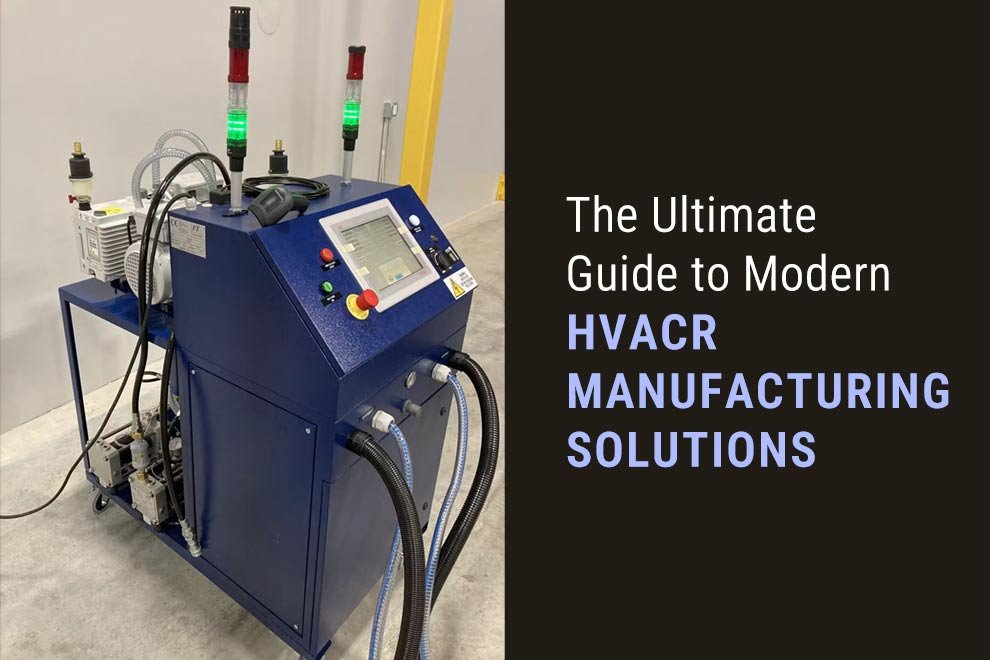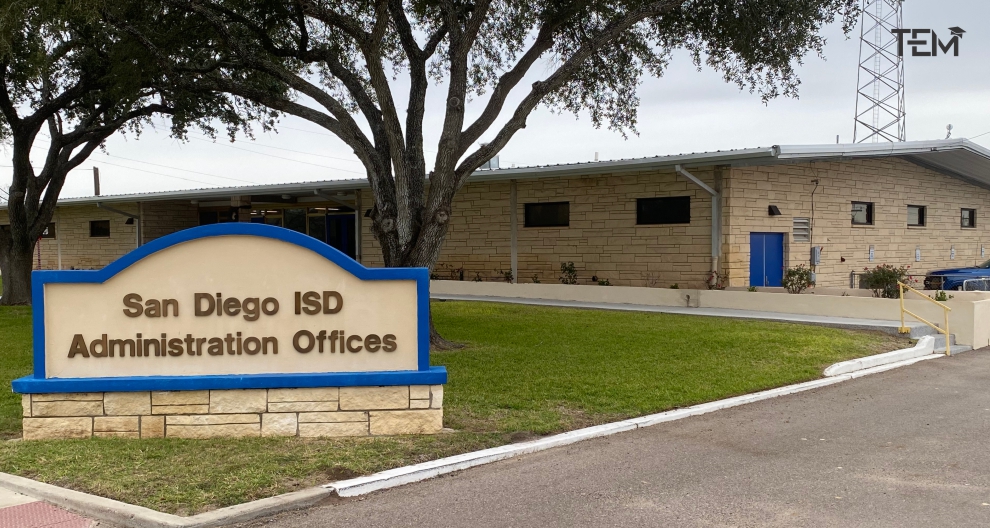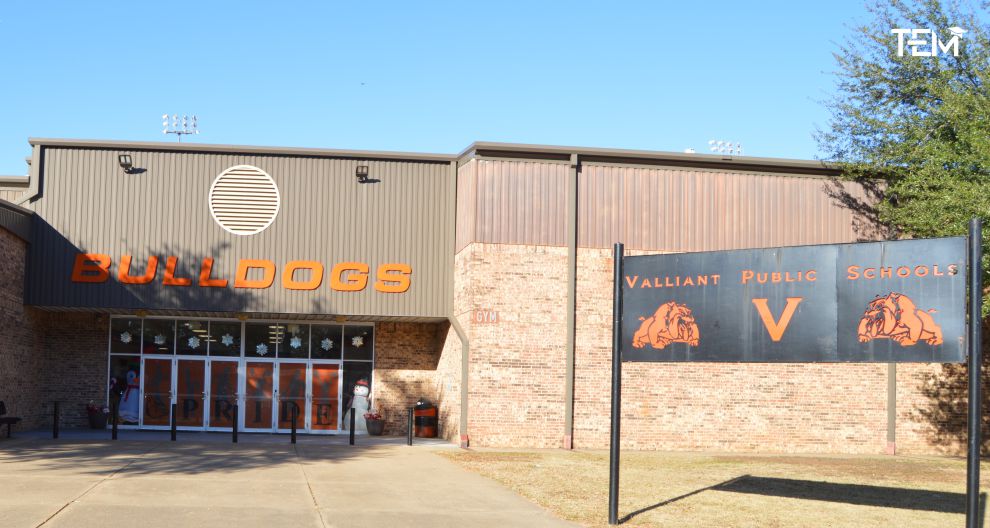The heating, ventilation, air conditioning, and refrigeration (HVACR) industry has come a long way from the days of simple window units and basic cooling systems. Modern manufacturing solutions for the HVAC and refrigerant sectors are revolutionizing how we think about climate control, energy efficiency, and environmental responsibility.
If you’re involved in HVACR manufacturing—whether you’re an engineer, plant manager, or decision-maker—you’re probably feeling the pressure to keep up with rapidly evolving technologies while maintaining quality and controlling costs. The good news? Today’s manufacturing innovations are making it easier than ever to produce superior HVACR systems that meet both consumer demands and regulatory requirements.
Understanding Modern HVACR Manufacturing Challenges
Manufacturing HVACR equipment isn’t just about putting parts together anymore. You’re dealing with increasingly complex systems that need to be more efficient, quieter, and environmentally friendly than ever before.
The regulatory landscape keeps shifting, particularly around refrigerants and energy efficiency standards. One day you’re compliant, the next day there’s a new regulation that requires significant changes to your manufacturing processes. It’s enough to make anyone’s head spin.
Then there’s the consumer side of things. People want systems that work flawlessly, cost less to operate, and don’t sound like a freight train running through their living room. These expectations have pushed manufacturers to rethink everything from component selection to assembly line processes.
Smart Manufacturing Technologies Transforming HVACR Production
Automated Assembly Systems
Modern HVACR manufacturing facilities are embracing automation like never before. Robotic systems can now handle delicate components with precision that would make a watchmaker jealous. These systems excel at repetitive tasks like coil winding, refrigerant line connections, and quality control inspections.
The beauty of automation lies not just in consistency—though that’s certainly valuable—but in its ability to free up skilled workers for more complex problem-solving tasks. Your technicians can focus on process improvement and troubleshooting rather than repetitive assembly work.
Internet of Things (IoT) Integration
Smart sensors throughout the manufacturing process are creating unprecedented visibility into production quality. These sensors monitor everything from temperature and pressure during testing to vibration levels during compressor assembly.
Real-time data collection means you can catch potential issues before they become expensive problems. When a sensor detects that a component is operating outside normal parameters, the system can automatically flag it for inspection or even halt production if necessary.
Advanced Materials and Component Innovations
Enhanced Heat Exchange Technology
Modern heat exchangers are marvels of engineering efficiency. Advanced materials like microchannel coils and enhanced surface treatments are dramatically improving heat transfer rates while reducing material usage and weight.
These improvements aren’t just technical achievements—they translate into real benefits for manufacturers. Lighter components mean lower shipping costs. More efficient heat transfer means smaller overall system sizes. Better materials mean longer-lasting products and fewer warranty claims.
Next-Generation Refrigerants
The shift away from traditional refrigerants has created both challenges and opportunities for manufacturers. New refrigerants often require different handling procedures, modified components, and updated safety protocols.
Manufacturing solutions for the HVAC and refrigerant industry must now accommodate:
- Different pressure requirements
- Enhanced safety measures for flammable refrigerants
- New sealing technologies
- Updated testing procedures
Quality Control and Testing Innovations
Digital Twin Technology
Creating digital replicas of manufacturing processes allows engineers to test changes virtually before implementing them on the production floor. This technology is particularly valuable for HVACR manufacturing because it can simulate complex thermal and fluid dynamics scenarios.
Digital twins help identify potential bottlenecks, optimize workflow, and predict maintenance needs before equipment failures occur. It’s like having a crystal ball for your manufacturing process.
Advanced Testing Protocols
Modern HVACR systems undergo more rigorous testing than ever before. Automated testing systems can simulate years of operation in a matter of hours, identifying potential failure points and ensuring products meet performance specifications.
These testing innovations include:
- Accelerated life testing
- Thermal cycling tests
- Vibration and shock testing
- Refrigerant leak detection
- Energy efficiency validation
Sustainability and Environmental Considerations
Environmental responsibility isn’t just good PR—it’s becoming a competitive necessity. Modern manufacturing solutions for the HVAC and refrigerant sector are helping HVACR producers reduce their environmental footprint while creating more sustainable products.
Energy-efficient manufacturing processes are reducing operational costs while minimizing environmental impact. Waste heat recovery systems can capture and reuse energy from manufacturing processes, while advanced recycling programs ensure materials don’t end up in landfills.
Circular Economy Principles
Forward-thinking manufacturers are designing products with end-of-life considerations in mind. This means using materials that can be easily recycled, designing for disassembly, and creating take-back programs for old equipment.
Supply Chain and Logistics Optimization
Predictive Analytics
Supply chain disruptions have taught many manufacturers hard lessons about the importance of visibility and flexibility. Advanced analytics help predict potential shortages, identify alternative suppliers, and optimize inventory levels.
These systems can analyze historical data, market trends, and external factors to provide insights that help manufacturers make better decisions about sourcing and inventory management.
Flexible Manufacturing Systems
Modern production lines are designed to handle multiple product variations without extensive retooling. This flexibility is crucial for HVACR manufacturers who need to produce different models for various markets and applications.
Modular production systems allow manufacturers to quickly adapt to changing demand patterns or new product introductions without significant capital investment or downtime.
Future-Proofing Your Manufacturing Operations
The HVACR industry will continue evolving, driven by technological advances, regulatory changes, and shifting consumer expectations. Smart manufacturers are investing in flexible, scalable solutions that can adapt to future requirements.
This means choosing manufacturing solutions that can grow with your business, accommodate new technologies, and adapt to changing regulations. It also means investing in workforce development to ensure your team can leverage new technologies effectively.
Consider implementing pilot programs for new technologies before full-scale deployment. This approach allows you to test solutions, identify potential issues, and train your workforce without disrupting your entire operation.
Building Your Manufacturing Excellence Strategy
Success in modern HVACR manufacturing requires a holistic approach that considers technology, people, and processes. Start by assessing your current capabilities and identifying areas where improvements could have the biggest impact.
Remember that manufacturing excellence isn’t just about having the latest equipment—it’s about creating a culture of continuous improvement where everyone contributes to better outcomes. The most successful manufacturers combine cutting-edge technology with skilled, engaged employees who understand their role in delivering quality products.
The future of HVACR manufacturing is bright, filled with opportunities for those willing to embrace change and invest in modern solutions. By staying informed about emerging technologies and maintaining a focus on quality and efficiency, you can position your operation for long-term success in this dynamic industry.
Also Read: How Insulated Metal Roofing Enhance HVAC System Efficiency in Commercial Buildings











